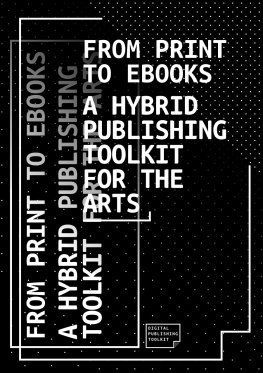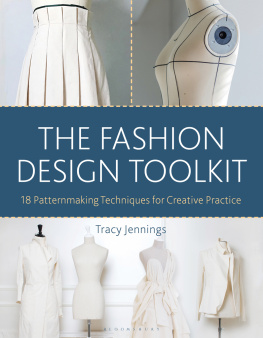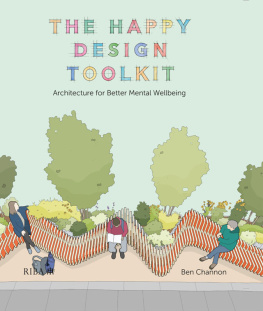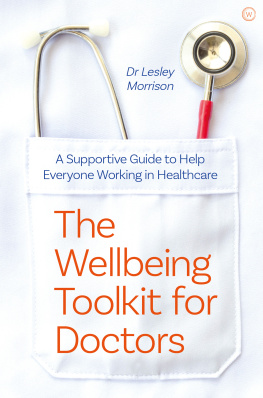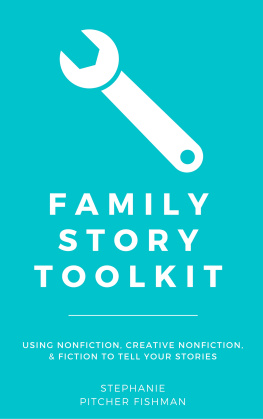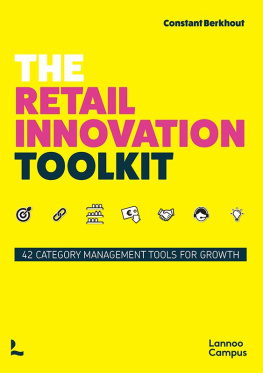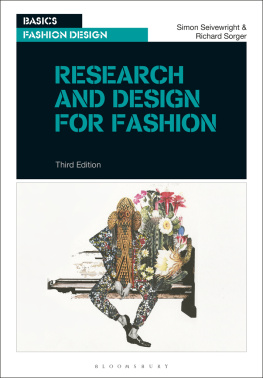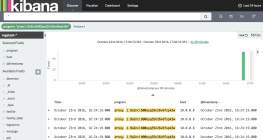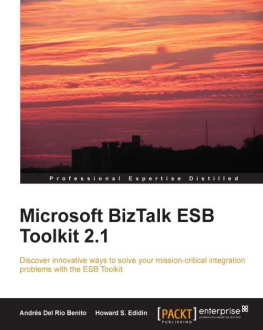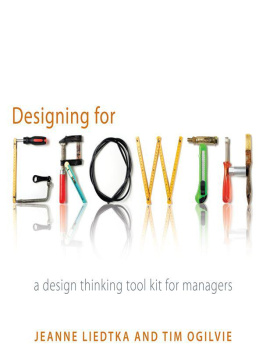From Print to Ebooks: a Hybrid Publishing Toolkit for the Arts
From Print to Ebooks: a Hybrid Publishing Toolkit for the Arts
Electronic publishing has become an essential medium for the field of contemporary arts and design. While traditional models of art book publishing are becoming less and less viable for artists, writers, designers and publishers, periodicals like the e-flux journal, art and design blogs, and internet libraries such as UbuWeb are widely read and discussed.
Is electronic book technology really the way forward for these types of publications? Or does the answer lie in some hybrid form of publication, in which both print and electronic editions of the same basic content can be published in a parallel or complementary fashion? And perhaps more importantly, what are the changes in workflow and design mentality that will need to be implemented in order to allow for such hybrid publications?
This Toolkit is meant for everyone working in art and design publishing. No specific expertise of digital technology, or indeed traditional publishing technology, is required. The Toolkit provides hands-on practical advice and tools, focusing on working solutions for low-budget, small-edition publishing.
Everything in the Hybrid Publishing Toolkit is based on real-world projects with art and design publishers. Editorial scenarios include art and design catalogues and periodicals, research publications, and artists'/designer's books.
1 Introduction
Hybrid print and electronic publishing requires new work methods and workflows.
Low-budget, small-edition, visually-oriented publications that are designed in-house will require more significant changes in work methods than big-budget publications for which the ebook design can be outsourced.
Interactive multimedia is still difficult to realize in books. Yet there are new opportunities for entirely new publication formats (such as books with customized content and micro-books).
This Toolkit focuses on low-budget, hybrid print and electronic books designed in-house using standard software and Open Source tools.
'You must change your life' - borrowing from the philosopher Peter Sloterdijk, this could be the summary of our message to art-oriented and design-oriented publishers, writers, editors and designers who are currently transitioning from traditional book making to electronic publishing or - more typically - of print and electronic formats. Hybrid publishing will sooner or later confront them with the need to re-think traditional publication formats, editorial and production workflows, and distribution. The changes required may well be greater and more extensive than initially expected!
Change will be minor for scientific publishers and large publishers
Having said that, there are exceptions. Workflow changes can be also minor for publishers who already do all their editorial work in highly structured digital document formats such as . This process can be quick if the book is visually simple - such as a novel or a textbook with few illustrations - and economically worthwhile if many ebooks will be sold.
Change will be major for small, arts-oriented publishers
Since this Toolkit - consisting of this manual and an button that will turn a print book design into an electronic publication just like that. Since the two media are so different, each with its own specific editorial and visual design needs, such a button is unlikely to materialize in the future either. Hybrid publishing will ultimately require changes in the way the editorial work is done. The good news is that such change is possible. This Toolkit includes instructions on how to deal with the many issues that arise when making the transition from traditional to hybrid or electronic publishing.
For art and design publishers, the challenge of 'going electronic' with their publications is greater than that faced by other fields of publishing, for a number of reasons:
Visually oriented publications are still more difficult to realize technically in the electronic medium, particularly when designing for a multitude of different reading .
Small publishers are under a great deal of pressure to keep project costs low, often due to smaller budgets. However, the need to publish in multiple forms (print and electronic) will inevitably increase costs, unless one does as much work as possible in a way that is not dependent on the medium.
In order to make the investment in an electronic publication durable, electronic publications must be sustainable: they should not require constant investment in technical maintenance and version updates.
Industry promises vs. reality
There is a stark contrast between the fanciful promises of the computer industry and the often harsh reality of the new digital medium. On one hand, publishers, editors, designers and artists tend to overestimate the possibilities of electronic publishing. These extra possibilities do exist, but in most cases bring with them higher development costs and remain specific to one particular technical platform.
On the other hand, publishers tend to underestimate how even technically simple and seemingly trivial types of electronic publications can in fact lead to a re-thinking of established publishing practices and formats. When traditional publishing formats are replaced by electronic or hybrid formats, there is a real possibility for transformation. Once the book becomes electronic or hybrid, the permanence, immutability and stability typical of physical books is likely to mutate into dynamic, modular, and participative forms. Such publications can greatly benefit from the networked environment in which ebooks exist.
Various types of electronic publications may be subject to different kinds of change. Still, the change will always radical. An exhibition catalog for instance can be split up into interrelated micro-monographs which readers can download and read as individual ebooks. An ebook can be assembled from a variety of sources selected by individual readers, as is currently the case with Wikipedia, where visitors to the website can compile their own collection of Wikipedia articles and export this compilation to an .
The possibilities for change can go beyond the rethinking of existing publishing formats, eventually even redefining what a book actually is.
What this Toolkit provides
'Going electronic' - or going hybrid - requires changing the way you work during the publishing process, from delivered manuscript to final publication. The software tools currently in use, from (Notes on EPUB Development in Adobe InDesign CS6) which are likely to be the standard format used in existing publishing workflows, in most cases this will be a painful, slow, inefficient and expensive process. This Toolkit focuses instead on do-it-yourself (DIY) technical alternatives. Firstly because the Toolkit is primarily aimed at publishers who, in most cases, cannot afford to outsource ebook design to external service providers; secondly because it is aimed at those who wish to keep the design process in their own hands.
This Toolkit focuses particularly (but not exclusively) on EPUB3 as an electronic publication format, and on as a word processing format, because of the specific needs of small-edition publishers in the field of art and design: low costs, ease of use, sustainability, and platform independence. The recommendations stem from our practical experience in collaborating on electronic publication projects with four Dutch art, design and research publishers: BIS Publishers, Valiz, nai010 Publishers and the Institute of Network Cultures.

